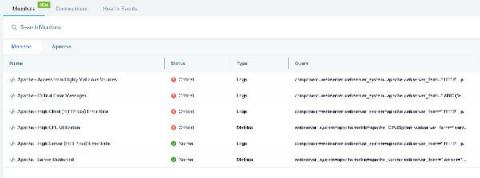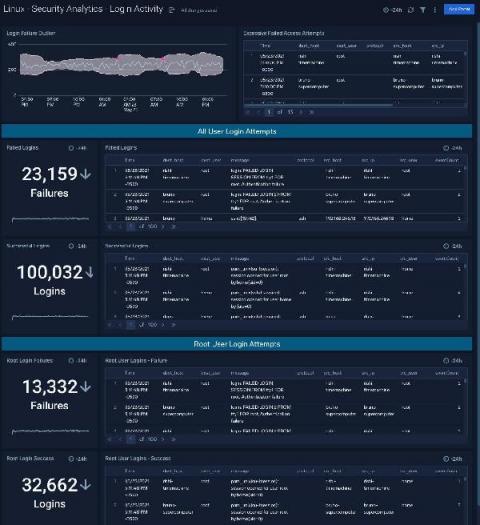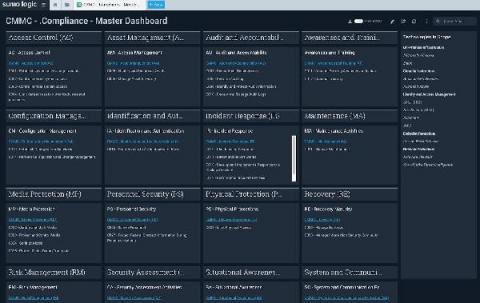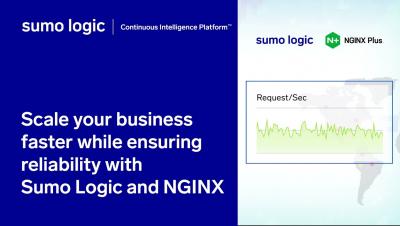The Role of Threat Hunting in Modern Security
Security and IT teams may be loathe to admit it, but security has historically been mostly a reactive affair. Security engineers monitored for threats and responded when they detected one. They may have also taken steps to harden their systems against breaches, but they didn’t proactively fight the threats themselves. That is changing as more and more teams add threat hunting as one pillar of their cybersecurity strategies.








